For 2013-14: Increase in spending higher than growth in income
Findings suggest monthly income of all quintiles increased in the range of 21% to 24%.
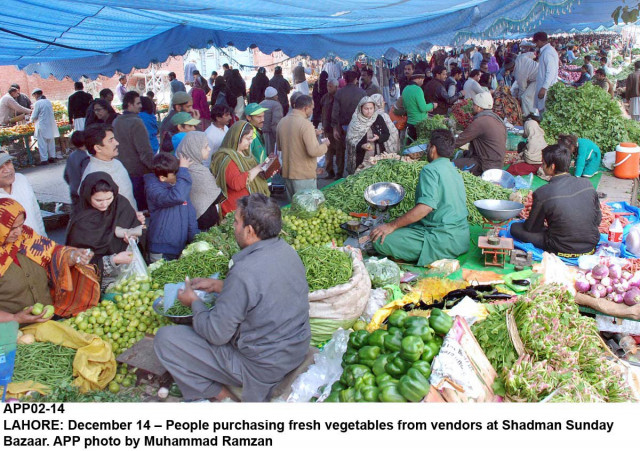
According to the survey, average monthly household expenditures in 2013-14 came to around Rs27,553, up by Rs5,174 or 23% compared to 2011-12. PHOTO: APP
During the first year of the incumbent government, the pace of increase in expenditures outpaced the growth in income, meaning that the situation deteriorated for people who borrowed or consumed their savings to make ends meet, showed the result of an official survey.
The Pakistan Bureau of Statistics released the findings of Household Integrated Economic Survey (HIES) 2013-14, showing that there was a significant increase in expenses of all income groups, that is when the PML-N government took over the reins (June 2013).
According to the survey, average monthly household expenditures in 2013-14 came to around Rs27,553, up by Rs5,174 or 23% compared to 2011-12.
This figure is used to assess the overall welfare of people. However, average monthly income stood at Rs31,000 in 2013-14, higher by 20% or Rs5,320 over the period of 2011-12.

The growth in income was 3% less than the growth in expenditure.
The increase in expenditures seems to be across the board, as expenditures for all income quintiles increased in the range of 21% to 25% – with the middle-income groups seeing a major surge in their expenditures.
There was usual disparity between the lowest quintile and the highest one – the highest income group spent Rs42,645 per month, which was 2.6 times more than spending by the lowest income group that amounted to Rs16,142 in the last fiscal year.
The second lowest quintile’s average monthly expenditures amounted to Rs19,975 – higher by Rs3,563 or 21% over the last surveyed year. The third quintile, comprising middle income group, had average monthly expenses of Rs23,718, higher by Rs4,817 or 25%.
The higher middle income group’s expenditures grew to Rs26,987, up by Rs5,246 or 24% more than the previous surveyed year.
The higher spending was not supported by higher income. There was a gap in income and expenditures except for the lowest 20% whose income outpaced expenses by 1% and the second lowest income group that income and expenditures grew at the same pace.
The monthly income of all quintiles increased in the range of 21% to 24%. The lowest quintile’s average monthly income stood at Rs16,583 – higher by Rs3,276 or 24% and sufficient to finance the expenses. The second lowest quintile’s income stood at Rs20,436, which was 21% or Rs3,621 more than the previous year’s income and also matched the pace of increase in expenses.
However, the middle income group saw only 20% increase in its income to Rs24,188, which was not enough to finance the expenses that grew at about one-fourth. The higher middle income group’s average monthly income increased to Rs29,255, showing 19% growth but not enough to finance the expenses. The average monthly income of the highest income group was estimated at Rs53,001 –higher by Rs9,142 or 20%, still short of matching the growth in expenses.
Due to increase in expenditures, the average per capita monthly expenditures of households increased 23% to Rs4,327 in the last fiscal year. However, per capita household expenses of the highest quintile were 4.5 times more than the expenditures of the lowest quintile.
In what appears to be another interesting trend, average monthly consumption expenditures on food, beverages and tobacco dropped to 43.6%, as against 45.1% in the last surveyed year. The expenses on clothing, transport and education slightly increased.
With a slight increase over the previous year, overall income earners nonetheless remained below two persons per family. In Sindh, Punjab and Balochistan, the number of income earners remained below two persons per family but in Khyber-Pakhtunkhwa, the number increased from 1.63 to 2.04 for the first time.
According to the survey, the average national household size remained at 6.35, slightly lower than the previous level of 6.41.
Published in The Express Tribune, May 16th, 2015.
Like Business on Facebook, follow @TribuneBiz on Twitter to stay informed and join in the conversation.

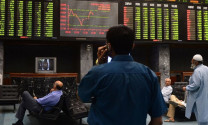
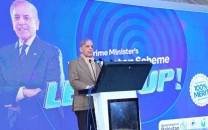
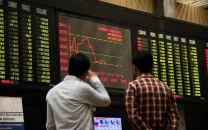
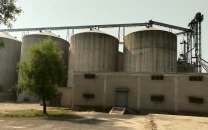














COMMENTS
Comments are moderated and generally will be posted if they are on-topic and not abusive.
For more information, please see our Comments FAQ